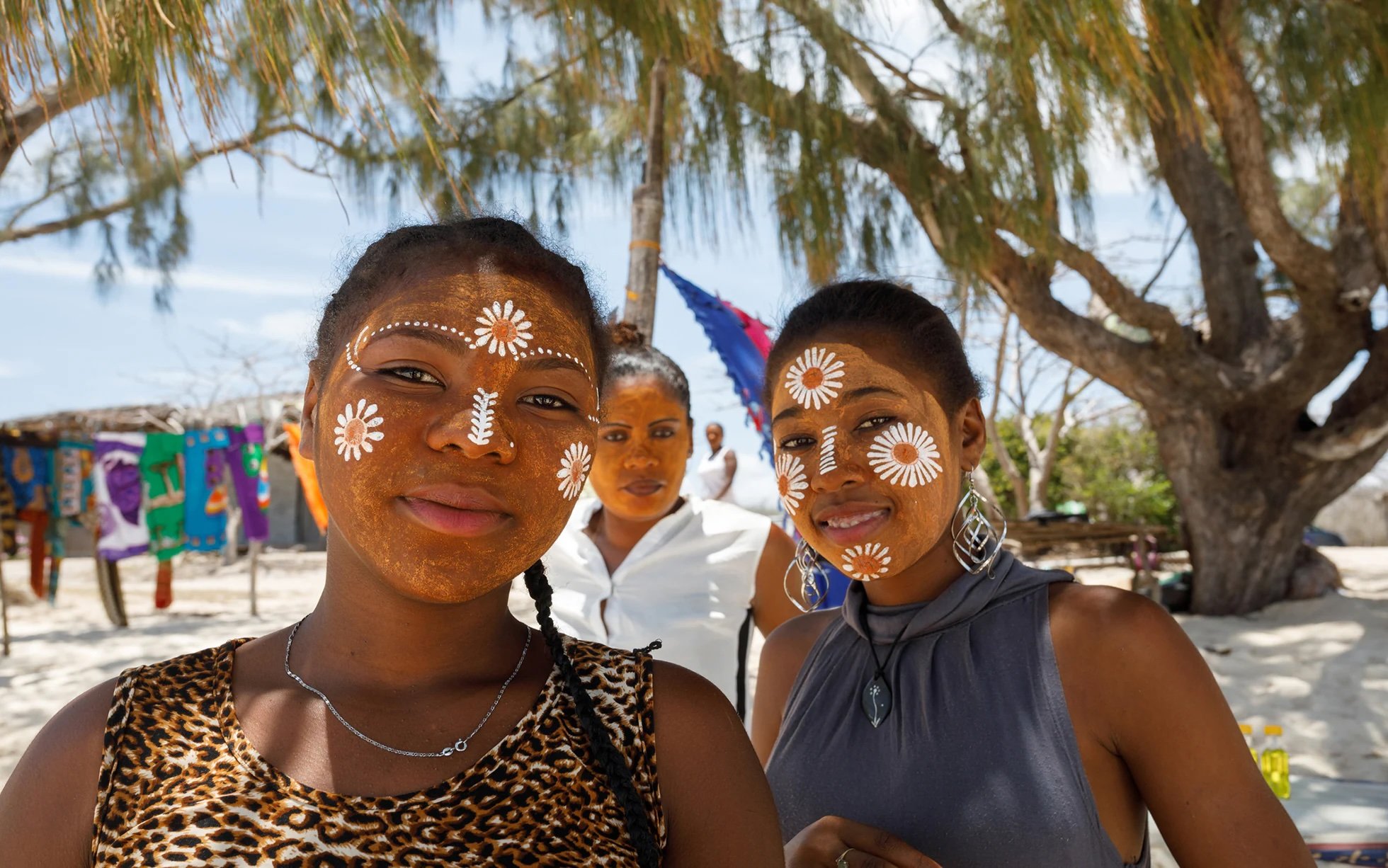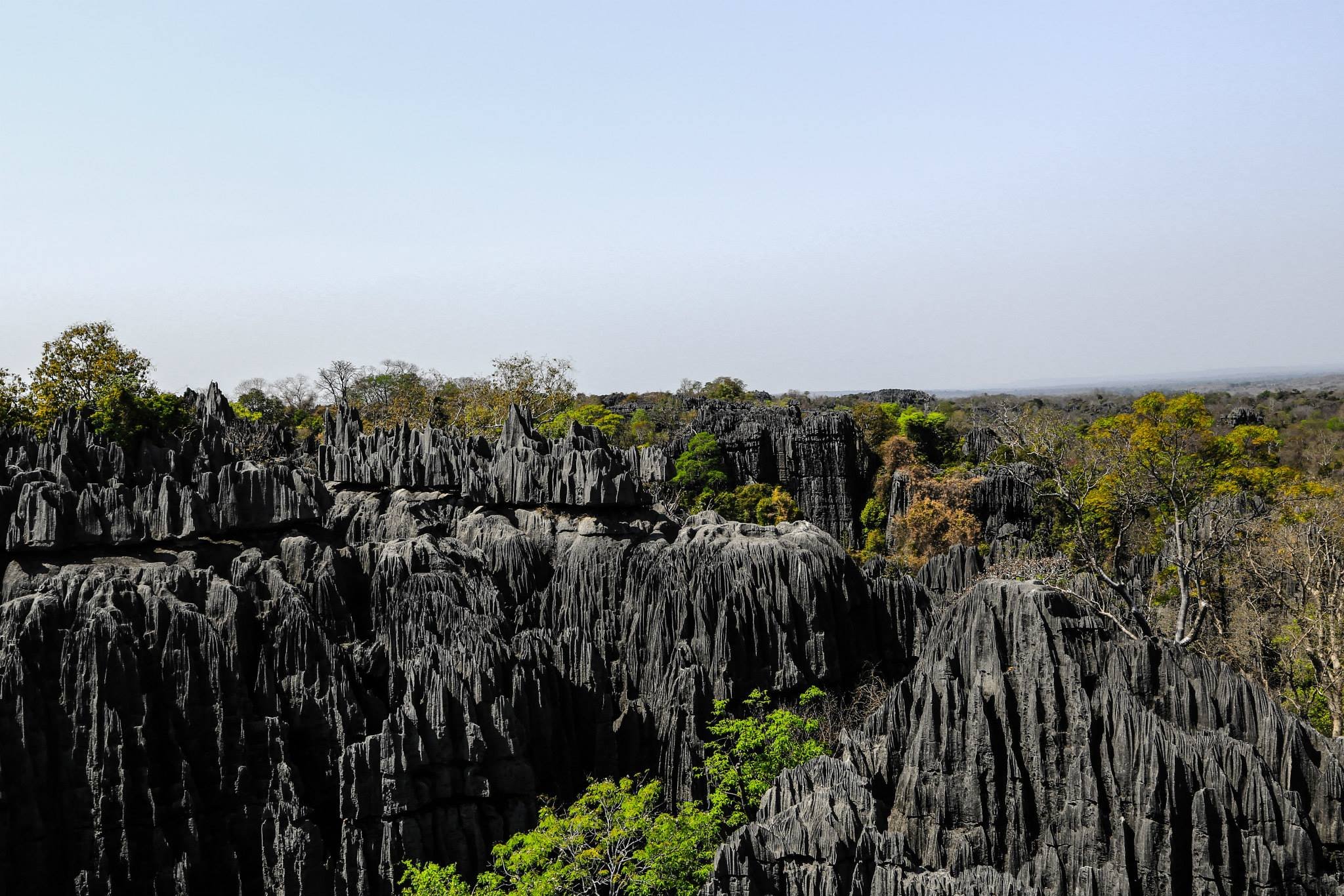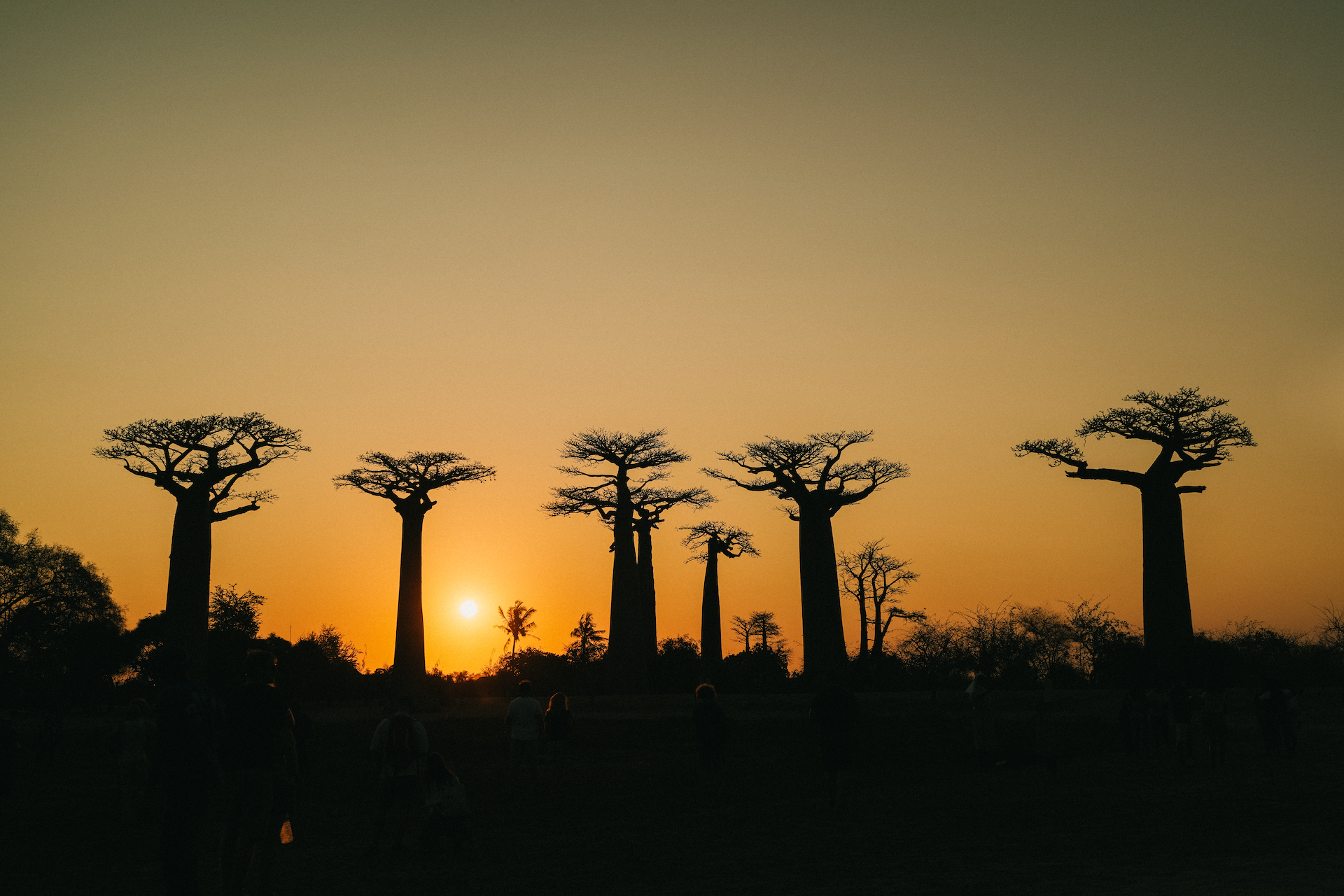
Madagascar
The land of the ancient baobabs
Embark on an extraordinary expedition to Madagascar, where vibrant biodiversity and ancient cultures meet in pristine landscapes. Discover over 90% of the island's unique wildlife, including lemurs, chameleons, and the elusive fossa.
Marvel at the majestic baobab trees and explore lush rainforests teeming with endemic species. With its rich plant life, stunning marine diversity, and extraordinary wildlife, Madagascar offers an unforgettable journey through one of the world's most unique and untouched paradises.
Explore North Madagascar's pristine Dune Bay beaches and the dramatic Tsingy formations of Ankarana Reserve, offering unparalleled opportunities for self-discovery and adventure. Dive deep into the island's natural wonders, from bustling markets to hidden treasures tucked away in remote corners. This journey promises a once-in-a-lifetime opportunity to connect with Madagascar's diverse ecosystems and immerse yourself in its unique cultural tapestry.
Venture into West Madagascar, where our expedition takes you on a thrilling journey down the Tsiribihina River. Camp beneath the stars and witness the untamed wilderness unfold around you. This raw and authentic experience invites you to explore the rugged landscapes and encounter Madagascar's rich biodiversity up close. Discover the charm of local villages, unwind on secluded beaches, and embrace the spirit of adventure in this captivating region.
NORTH MADAGASCAR
-
Discovering Northern Madagascar: Delve Into Beach Bliss, Azure Waters, And The Aroma Of Fine Vanilla!
Day 1: Antananarivo
Day 2: Flight From Antananarivo to Diego
Day 3: The Emerald Sea
Day 4: From Red Tsingy To Ambilobe, A Triple Bay Hopping Bonanza!
Day 5: Ankarana Reserve
Day 6: Ankarana to Ankify to Nosy Be
Day 7: Nosy Be to Nosy Komba to Nosy Tanikely
Day 8: Nosy Be to Nosy Iranja
Day 9: Visit Of Nosy-be Surrounding
Day 10: Nosy Be to Antananarivo
Day 11: Home Sweet Home!
WEST MADAGASCAR
-
Exploring The Marvels Of West Madagascar: From Lemurs To ‘Alien Trees’ And Beyond
Day 1: Antananarivo
Day 2: Antananarivo To Antsirabe
Day 3: Antsirabe To Manandona
Day 4: Antsirabe To Miandrivazo
Day 5: Down The Tsiribihina River
Day 6: Tsiribihina River
Day 7: Belo Sur Tsiribihina To Bekopaka
Day 8: Unveiling Nature's Masterpiece
Day 9: Bekopaka To Morondava
Day 10: Mangrove Forest, Betania Village, Pierre Pedro To Antananarivo
Day 11: Home Sweet Home!
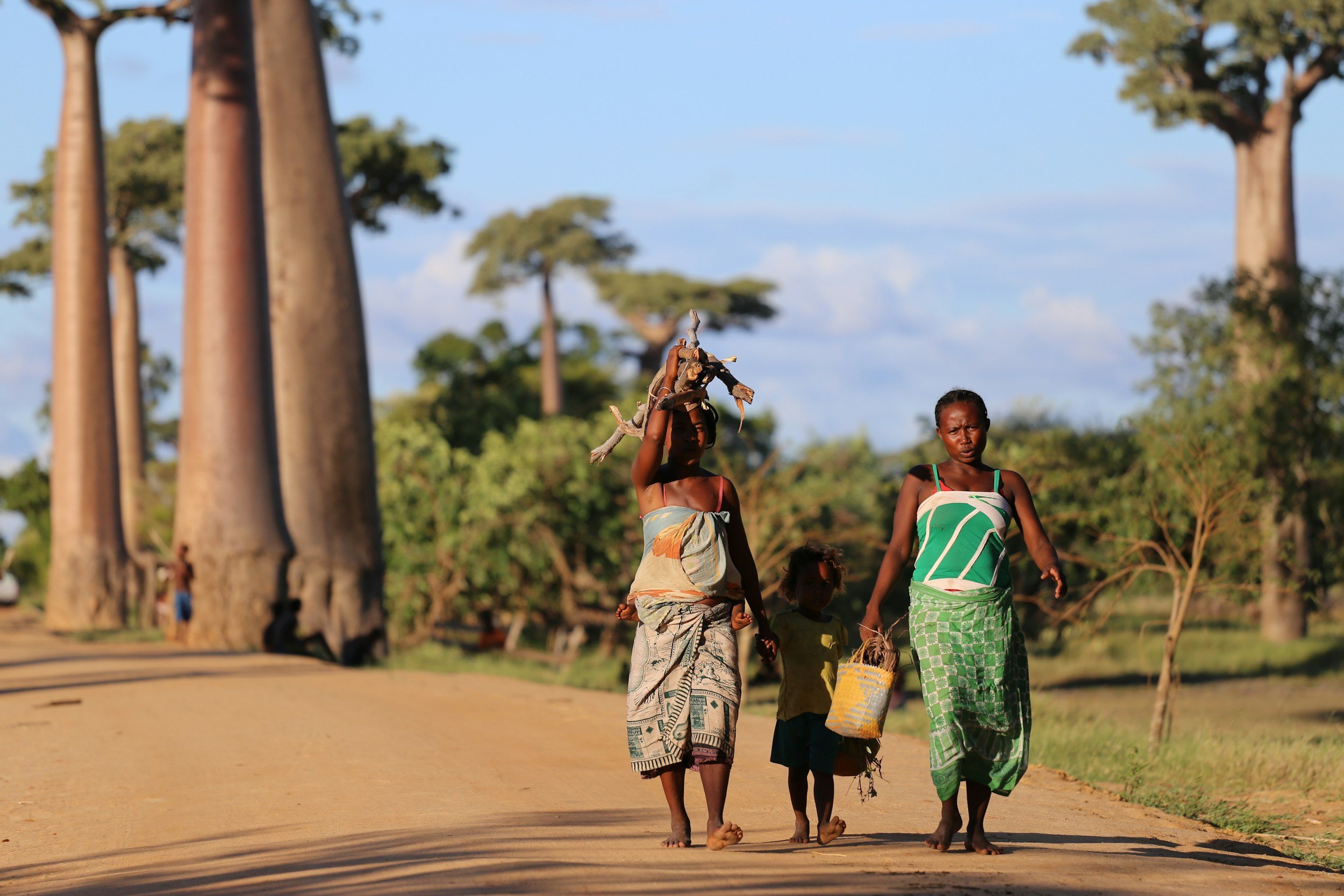
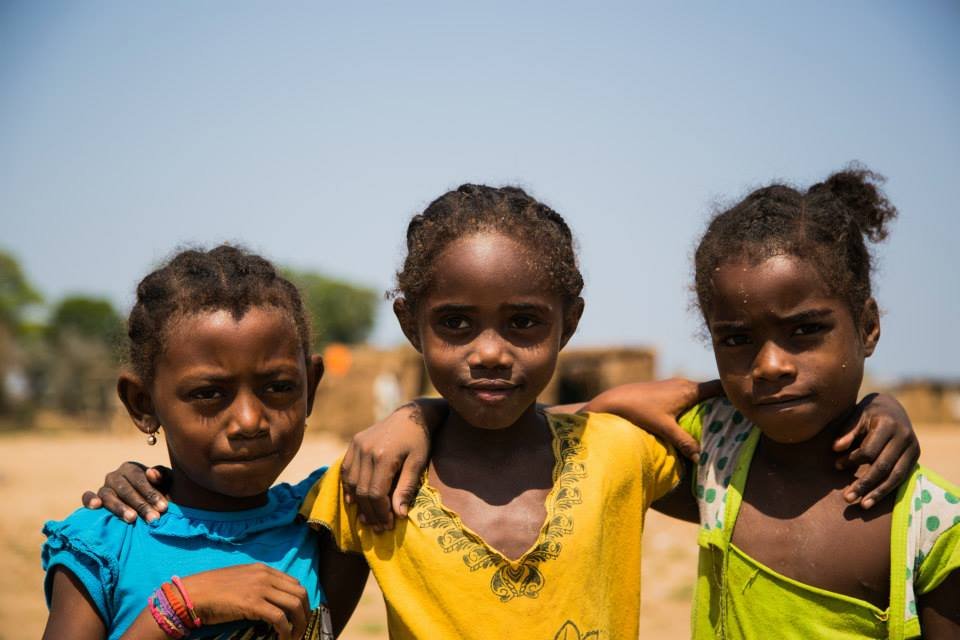
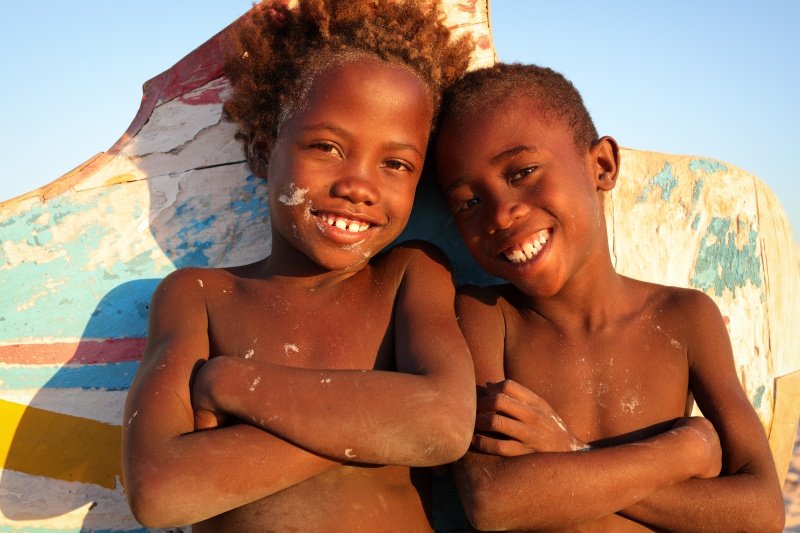
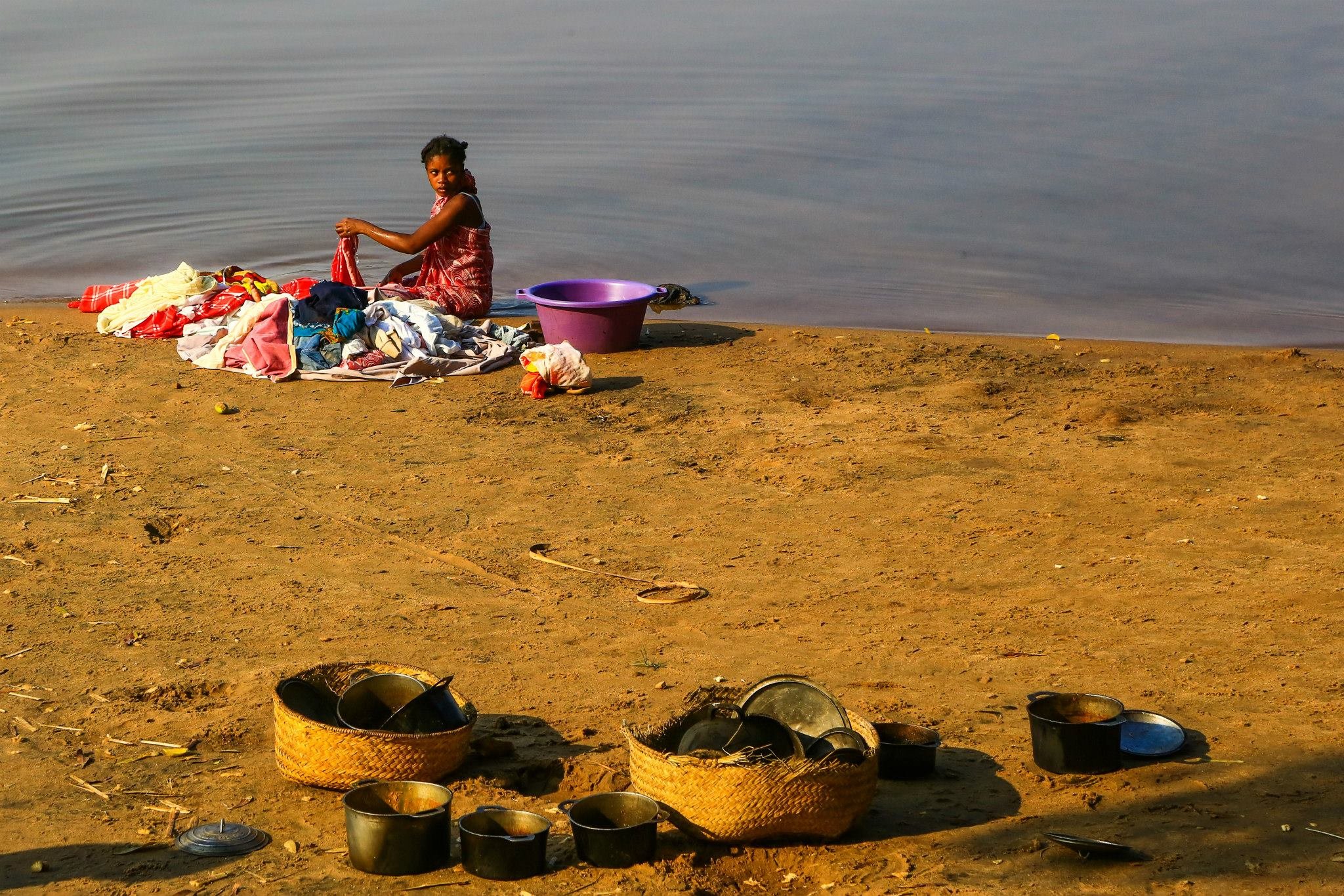
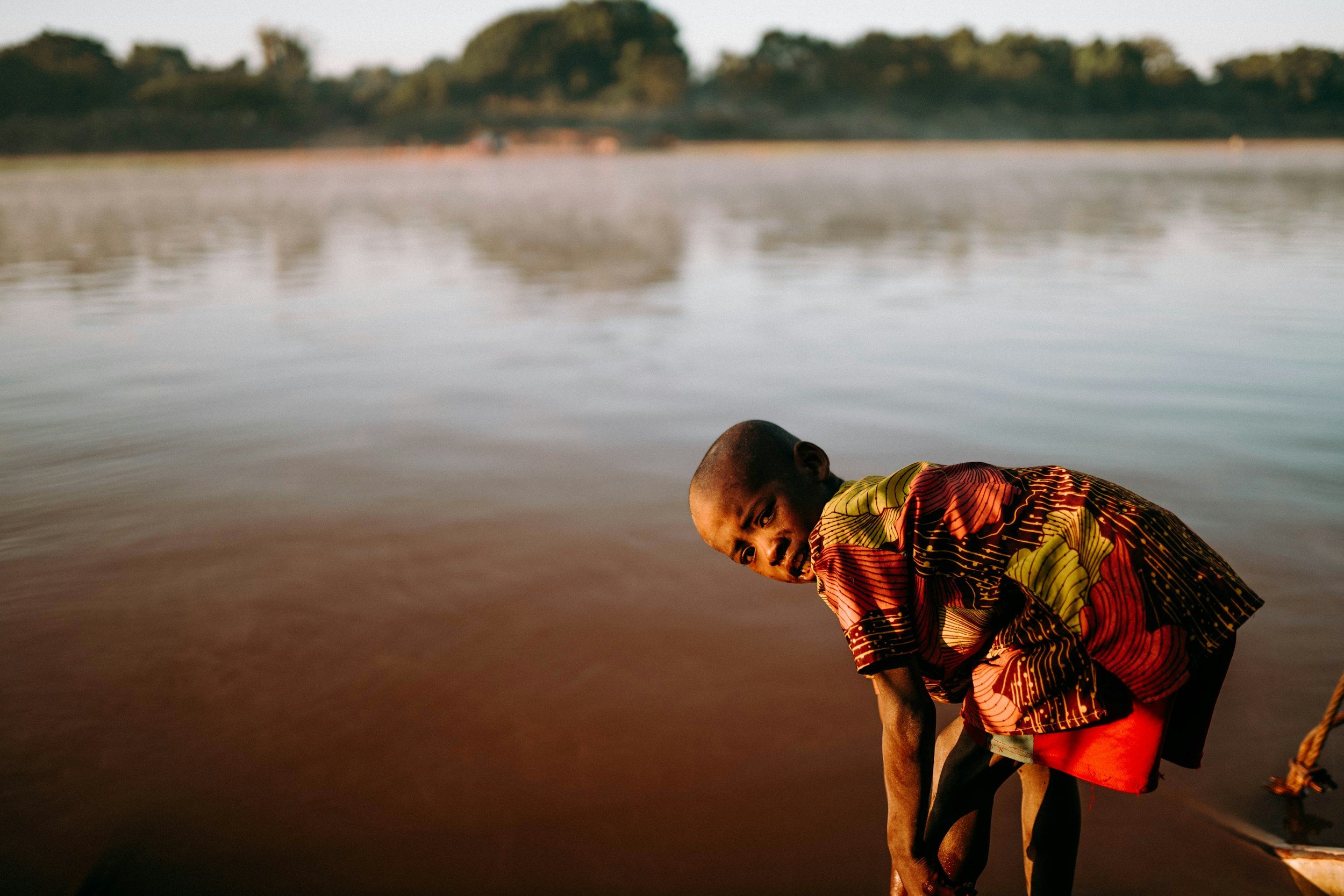
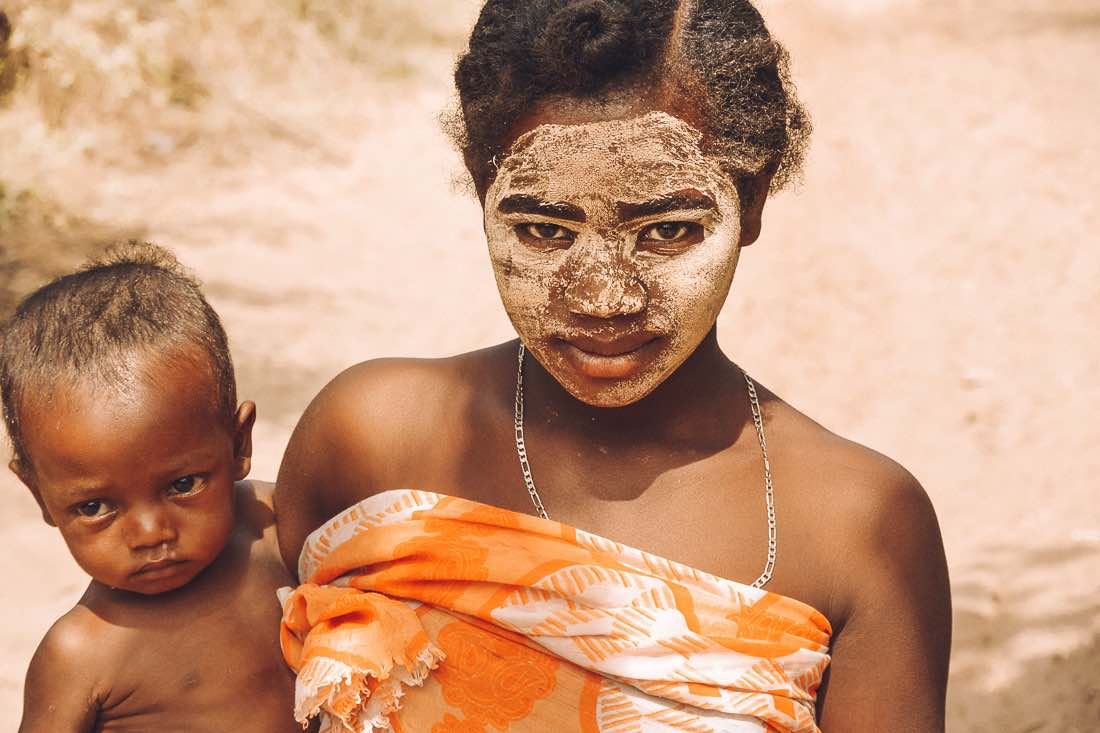
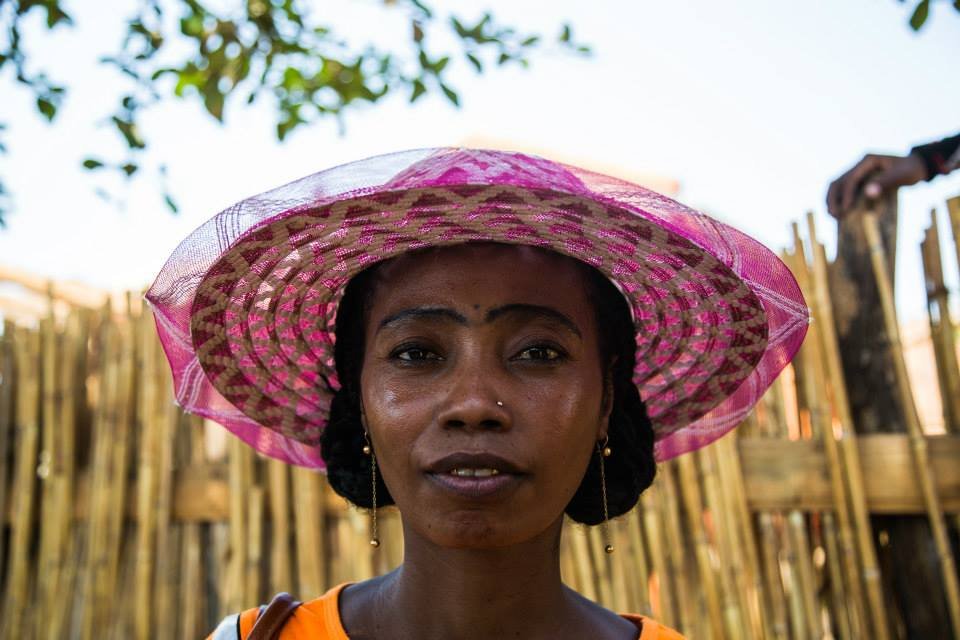
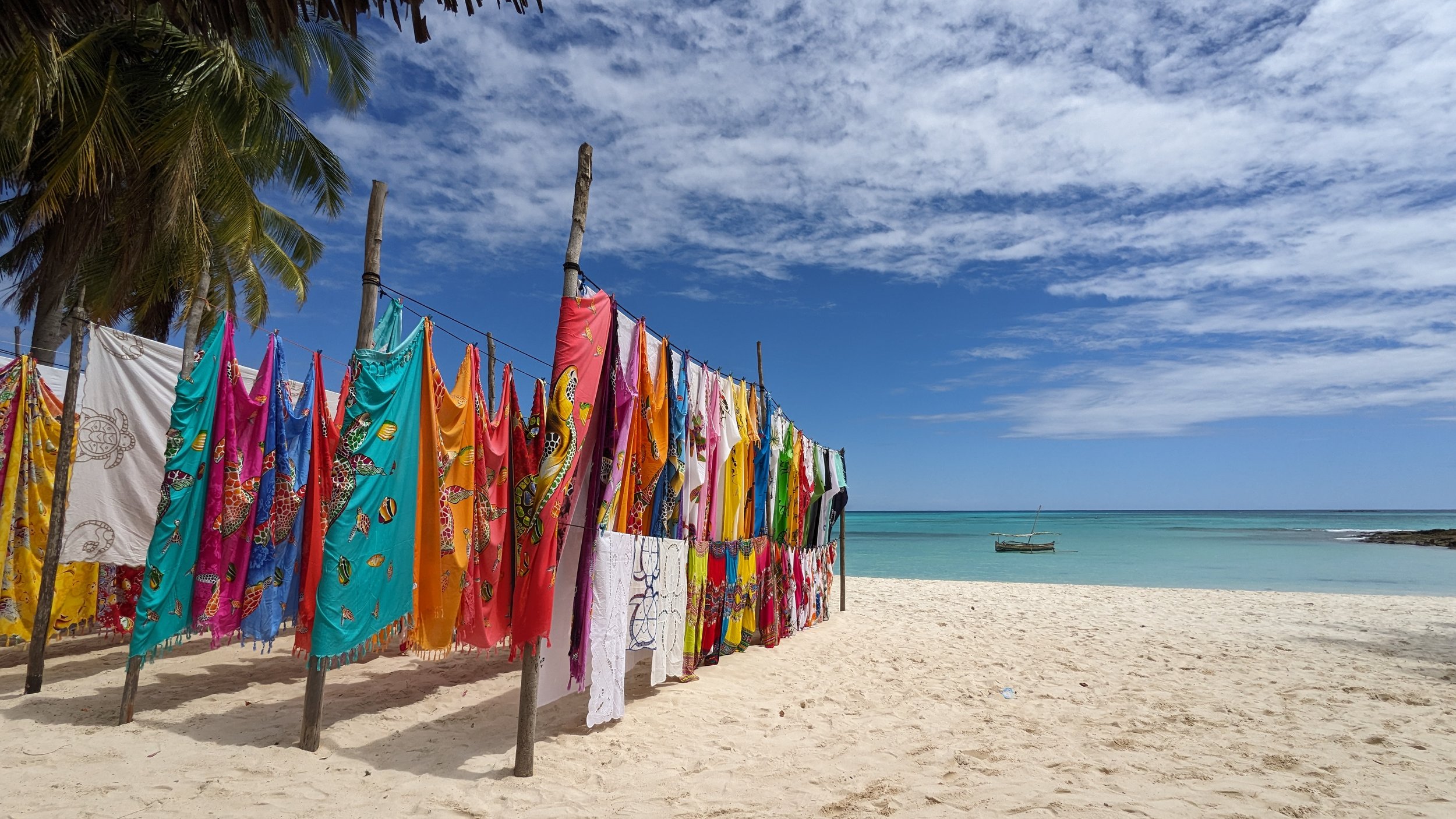

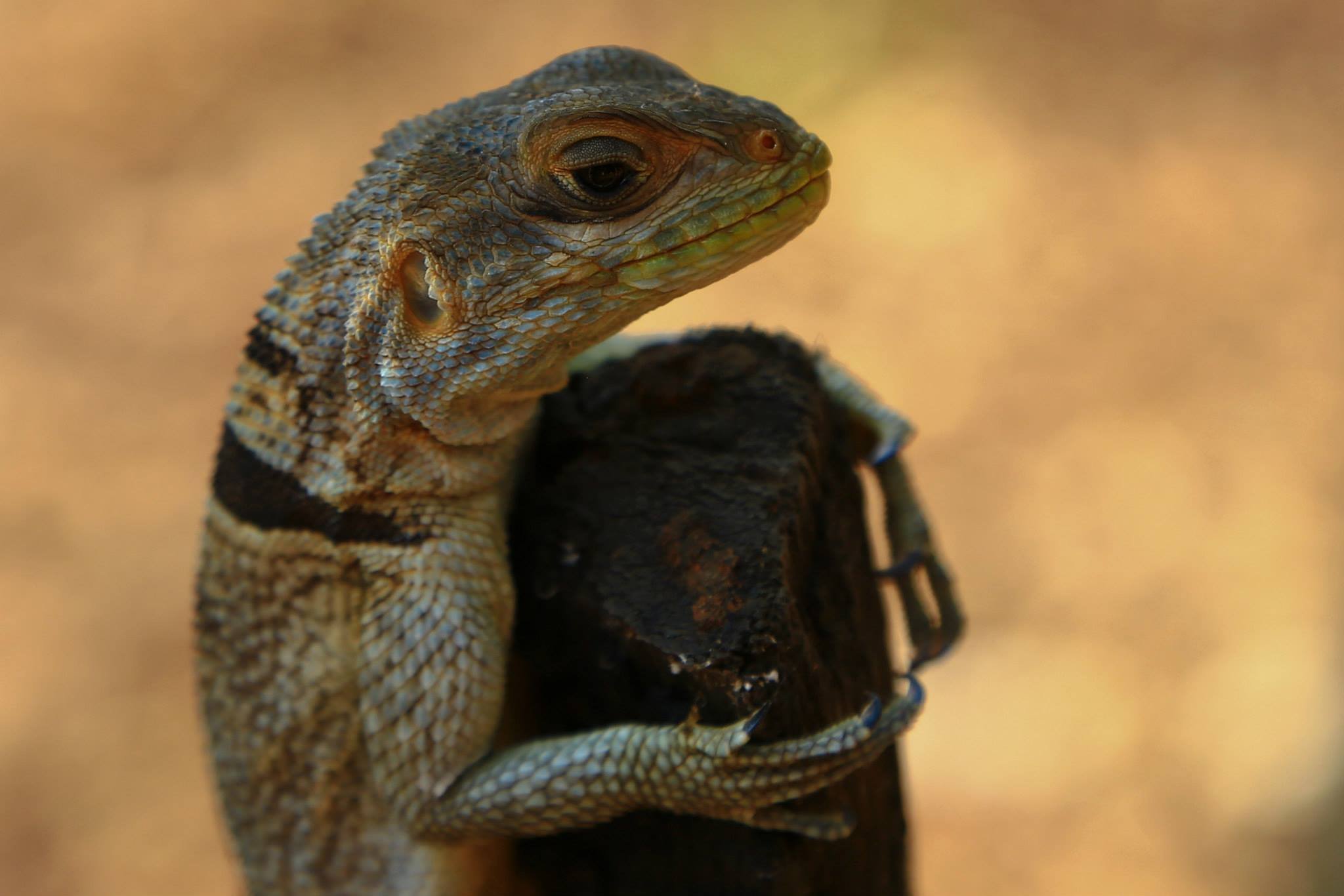
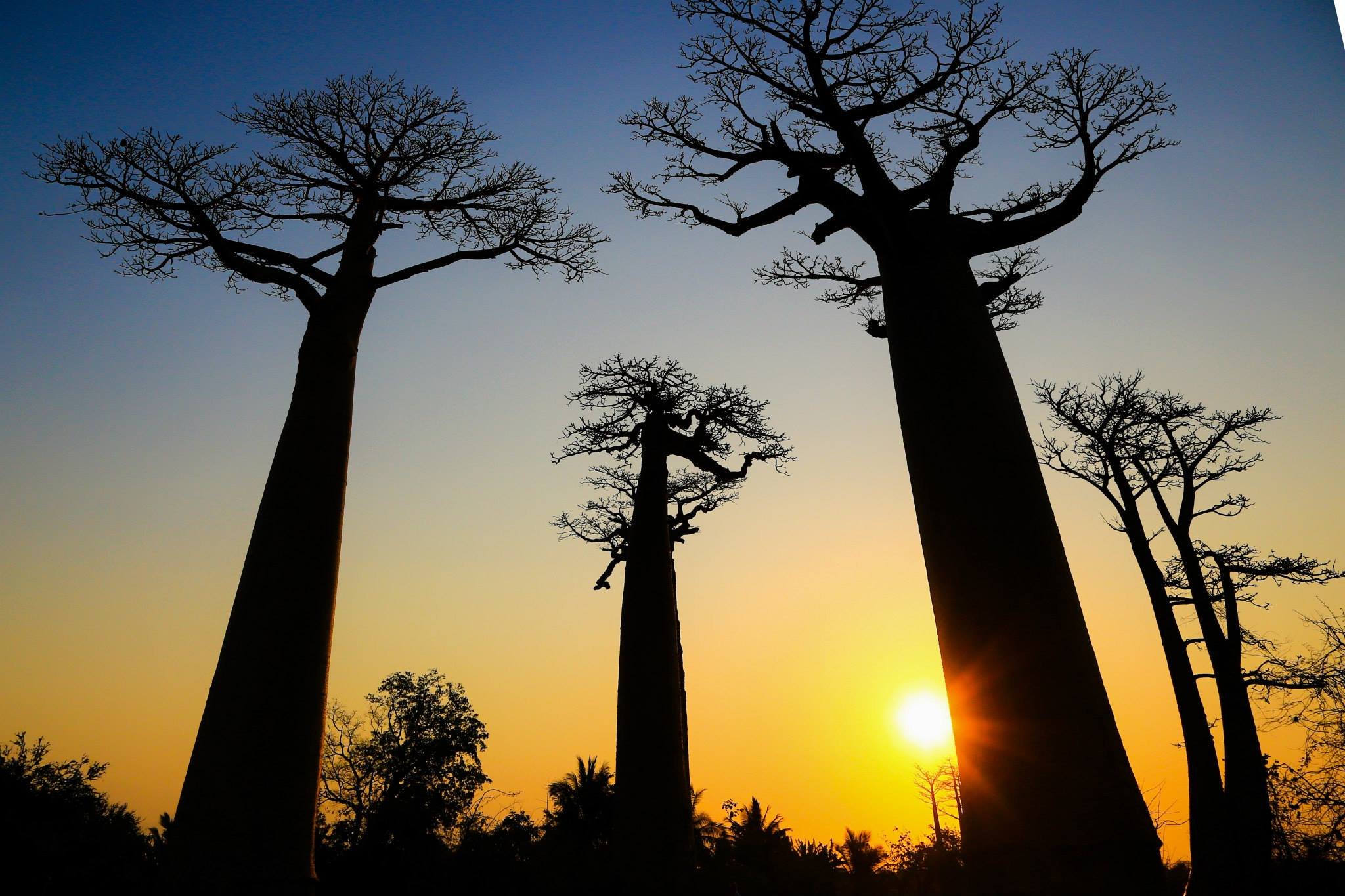
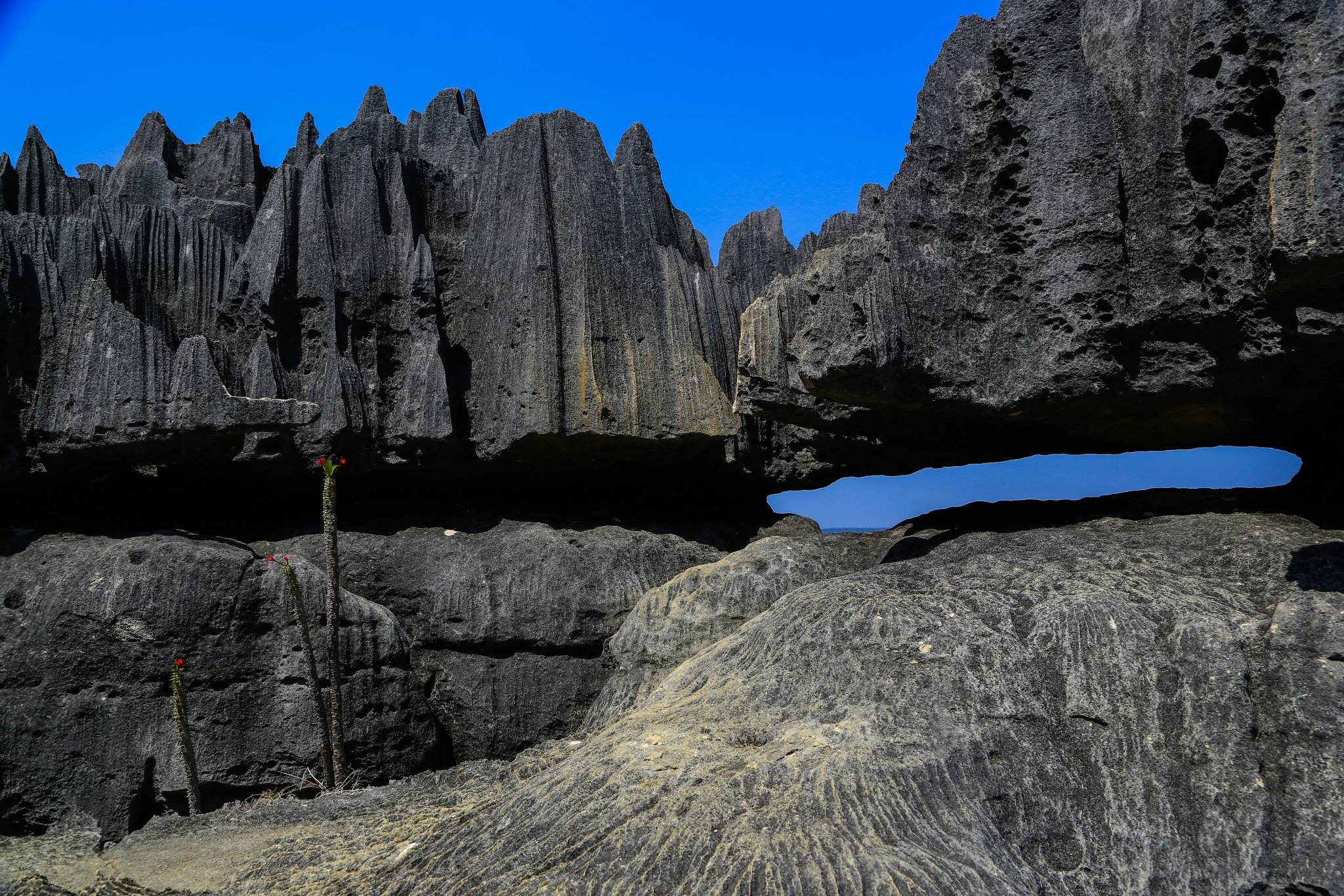
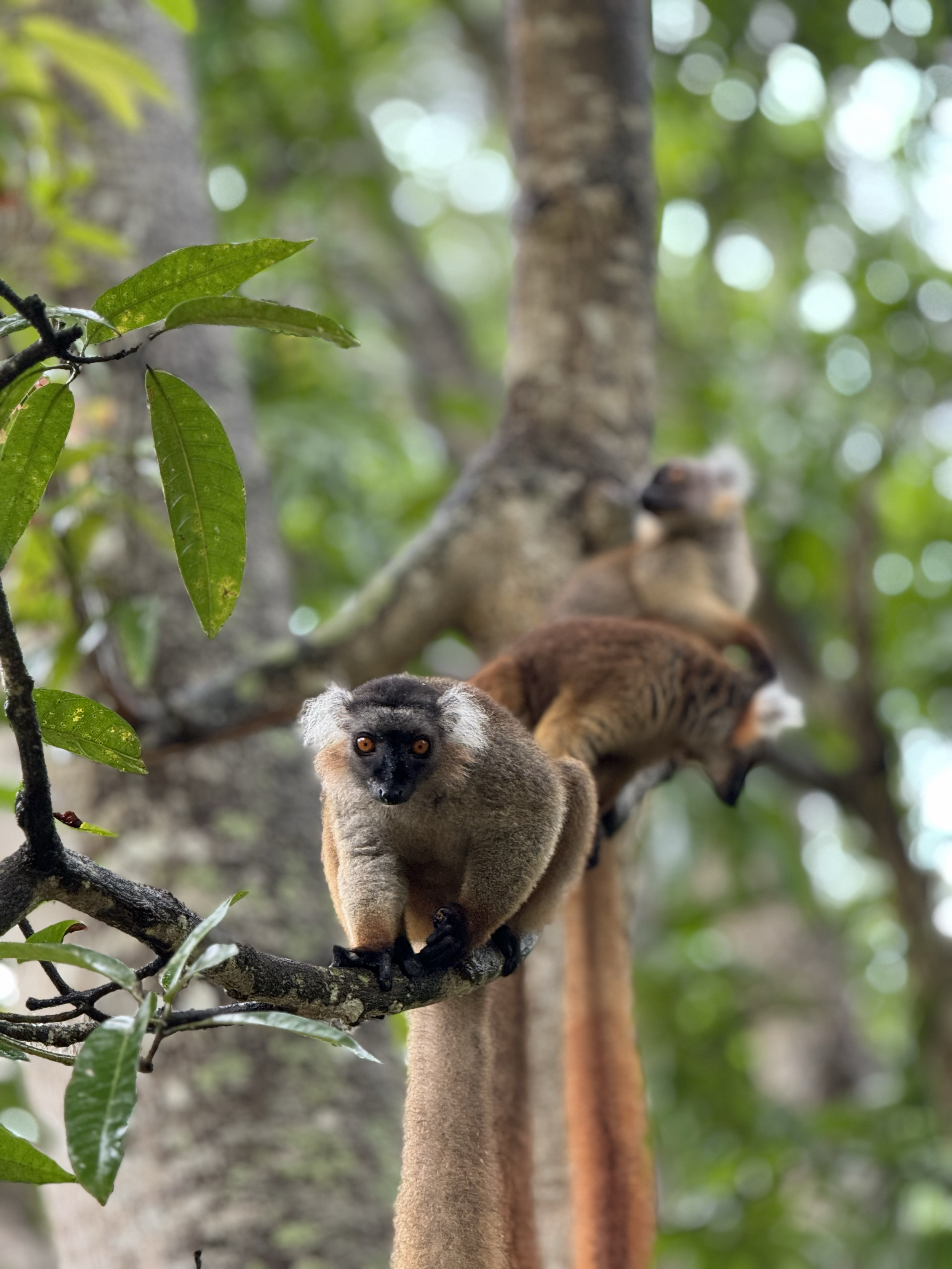
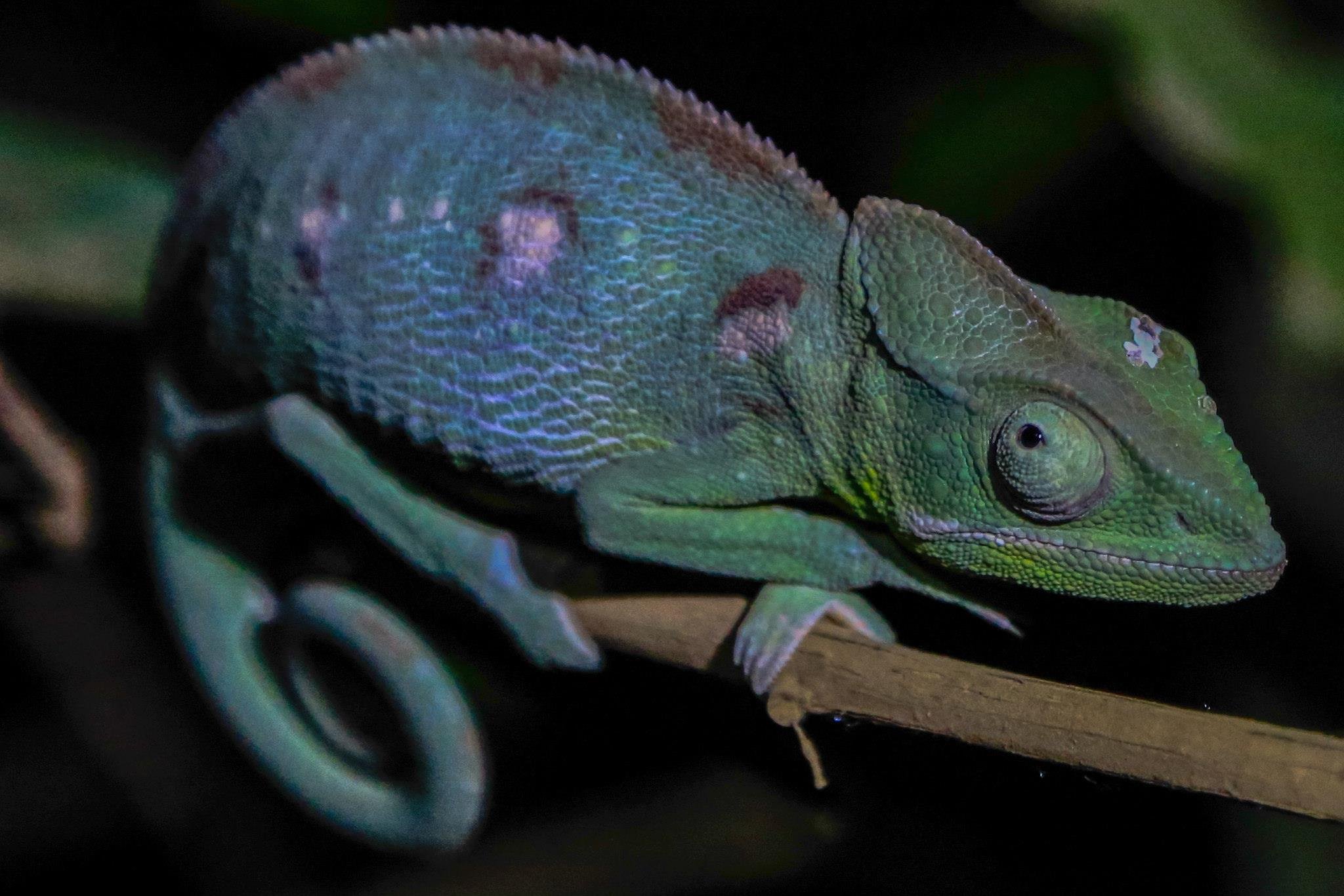
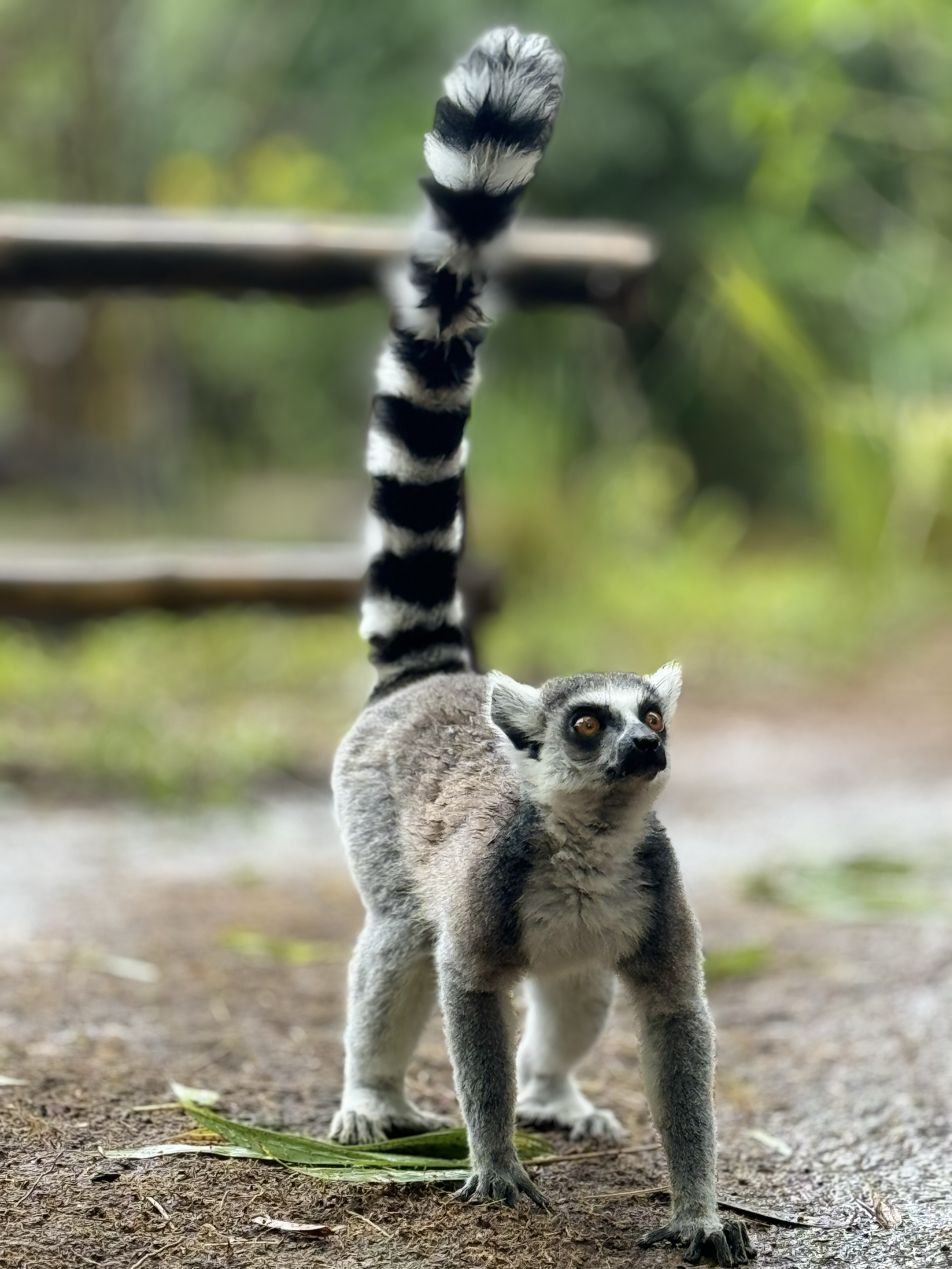
MADAGASCAR Trip FAQ
-
While Madagascar is generally a safe destination for tourists, we continue to advise exercising a high degree of caution. Petty crime can occur in urban areas, so it's important to remain vigilant and aware of your surroundings.
You will almost always be with your group and guides, ensuring that you are as safe as you would be in any of the other locations we offer. Our experienced local guides are there to safeguard you and will ensure you avoid high crime areas. In remote areas, you'll be in the capable hands of our guides who are well-versed in the terrain. Your accommodations will be with trusted local families and lodges, ensuring a secure and authentic experience.
Should you require any help in communicating with street vendors or locals, you may tap on our guides for assistance.
-
If you hold a Singapore passport, you’re allowed to enter and stay in Madagascar for up to 90 days with a visa issued on arrival, which is more than sufficient for our trip!
For other passports, you can check whether you need a visa here. If you do need a visa, let us know so we can help you with the additional information required to fill it. Please note that we do not cover visa application fees.
There is no visa fee for stays of less than 15 days; however, travelers will have to pay a 10 euros (approximately S$14.62) administrative fee for border control formalities. For a 30-day visa, the cost is 35 euros (approximately S$51.16) or 115,000 MGA.
-
Travel insurance is your safety net for unexpected stuff like flight hiccups and surprise medical moments. It’s the unsung hero of hassle-free travel. Trust us, a bit of preparation goes a long way. So, buckle up, worry less, and let the adventures roll with the peace of mind that comes with travel insurance!
Unsure of which to go for? Go ahead and explore and compare potential travel insurance providers!
Here is a good one.
This platform offers a comprehensive search feature that allows you to compare various insurance policies specifically tailored for adventure tours. This platform is a good kickoff for information, but just so you know, we’re not the gurus in this area. For the real scoop on coverage, exclusions, and anything special for extreme sports, reach out to the insurance companies directly. They’ve got all the details!
If you're looking for premium coverage, do consider International SOS. International SOS specializes in health and security services, offering medical assistance, travel risk management, and emergency evacuation services.
-
While visiting Madagascar, being reasonably fit can enhance your experience, especially if you plan to engage in our tours that involve hikes through its diverse landscapes or endure long car rides between destinations. Many attractions, such as national parks and remote villages, will involve hiking trails that vary in difficulty. We recommend bringing a good pair of hiking boots and hiking poles for a more comfortable journey. Additionally, road conditions can be challenging, requiring endurance and comfort during extended journeys. Ensuring a moderate level of fitness can help you fully enjoy the natural beauty and cultural richness that Madagascar has to offer.
-
In Madagascar, the official currency is the Malagasy Ariary (MGA). Accessing cash is possible through ATMs and banks in major cities like Antananarivo. It is essential to ensure that your card, particularly one with Maestro capability, is suitable for successful withdrawals.
Upon your arrival at Ivato International Airport in Antananarivo, you can exchange local currency at one of the airport offices after collecting your luggage. Please be prepared with sufficient USD or euros for conversion to the local MGA; note that currencies other than USD or euros, such as SGD, may not be accepted.
The local currency is the Ariary, but many locals still think in terms of the previous currency, the Malagasy Franc (FMG). It is important to clarify whether the price is Ariary or FMG (one Ariary is equal to five FMG).
Madagascar is primarily a cash-driven economy. Some higher-end establishments may accept credit cards, but usually only Visa cards. Most shops and restaurants are cash only, so be sure to plan accordingly and come with cash. Credit cards, especially Visa and Mastercard, are accepted in larger hotels and some restaurants, but they are less common in rural areas. It is crucial to activate your overseas pin code for card transactions.
We recommend that each individual carries a cash reserve of approximately $100 to $300 or more in U.S. dollars or euros, depending on your intended purchases and considering potential tipping scenarios. For your reference, the exchange rate is approximately 4,000 Malagasy Ariary (MGA) for 1 USD. The highest denomination of the Malagasy Ariary is the 20,000 MGA note.
-
Airlines: For our Madagascar expeditions, we use Ethiopian Airlines, a Star Alliance member. Traveling from Singapore to Antananarivo typically involves a transit at Addis Ababa's Bole International Airport (ADD), Ethiopian Airlines' main hub. The route is as follows:
1. Departure from Singapore Changi Airport (SIN)
2. Transit at Addis Ababa Bole International Airport (ADD)
3. Flight to Antananarivo Ivato International Airport (TNR)
This route offers a seamless connection through Ethiopian Airlines' extensive network.
Handling Your Own Flight Bookings: If you prefer, participants are welcome to manage their own flight bookings. We allocate a flight budget per participant, which will be deducted from the total tour cost. This option allows you to choose your preferred transit country and even arrange layovers according to your preferences. Simply secure your flight schedule and provide us with the details, and we will coordinate planning, including airport transfers, for a seamless experience. -
Our adventure begins at Ivato International Airport (TNR), situated approximately 16 kilometers (10 miles) northwest of the bustling capital city of Antananarivo, Madagascar. The drive from the airport to your hotel will take approximately 45 minutes.
Antananarivo, commonly known as Tana, offers a vibrant blend of history and modernity, with lively markets, historical landmarks, and a dynamic cultural scene waiting to be explored.
-
We aim to streamline your travel experience as much as possible. On our group expeditions, you have the flexibility to either meet at Antananarivo Airport upon arrival or coordinate offline with fellow travelers to check in together. Choose the option that best suits your preferences.
Lastly, upon your arrival at Antananarivo Airport, after retrieving your baggage, our dedicated guide(s) will be there to warmly welcome you at the immigration exit, identifiable by the Beyond Expeditions logo in a photo they will be holding. They are already included in the WhatsApp group chat with you, so in the event you inadvertently miss them as you exit immigration, simply send a message in the group to alert them of your presence. While waiting, you can enjoy a cup of coffee at the airport cafe.
-
Absolutely! We love having a global squad on board. Whether you're from the heart of New York City or the serene landscapes of New Zealand, our expeditions are open to adventurers of every nationality.
Just give us a heads-up on where you'll be flying in from, and we'll make sure you're all set for the journey. We take pride in assembling a vibrant crew with diverse nationalities, backgrounds, and stories to share. Join the fun!
-
We strongly recommend consulting a medical professional to assess your specific health needs and adhere to Madagascar's health guidelines. Your well-being is our priority, and individualized medical advice ensures a safe and healthy journey.
The CDC and WHO recommend the following vaccinations for Madagascar: Typhoid, Hepatitis A, Polio, Yellow Fever, Chikungunya, Rabies, Hepatitis B, Influenza, COVID-19, Pneumonia, Meningitis, Chickenpox, Shingles, Tdap (Tetanus, Diphtheria, and Pertussis), and Measles, Mumps, and Rubella (MMR).
-
Participants who prefer not to attend the workshops, such as the pottery workshop on Day 2 of our West Madagascar tour, can opt for other activities such as guided nature walks or cultural tours.
-
During the journey, passengers can enjoy various activities such as bird watching, fishing, or relaxing on deck. The boat itself is typically a comfortable river cruise vessel equipped with essential amenities to ensure a pleasant experience. For convenience, the boat will make stops to arrange basic but clean toilet facilities along the way.
-
Two-mens tents, sleeping mats, and shared makeshift (basic) toilet facilities (consisting of a toilet tent and a dug up hole on the ground) will be provided for the campsite accommodations. Communal dining areas and campfires for a cozy evening atmosphere are also a part of our campsites. Travelers are recommended to bring personal items like comfortable clothing, a headlamp, insect repellent and toiletries to enhance their camping experience. The level of comfort is geared towards a rustic yet functional outdoor adventure suitable for nature enthusiasts.
-
Yes, during the tour, there will be stops at local markets or convenience stores where participants can purchase necessary items, snacks, and drinks as needed. These stops provide opportunities to restock supplies and ensure everyone's comfort throughout the journey.
-
Yes, our expeditions are designed to cater to diverse preferences and interests. If some members of the group prefer hiking while others prefer the car ride, we can typically accommodate both activities. Just notify us in advance and we will work something out for you. Our goal is to ensure that each participant can engage in activities that align with their interests, fostering a rewarding and inclusive journey for all.
-
Before purchasing gemstones or other precious materials in Madagascar, it's crucial to be aware of recent government restrictions on their export. Attempting to export these items without proper documentation can lead to legal complications. Non-residents are allowed to take up to one kilogram of precious and semi-precious stones out of the country, provided they have obtained a certificate of authenticity and an export permit. Importing or exporting food items, including fruit, as well as protected plants and animals, is strictly prohibited. Additionally, there is a restriction on exporting vanilla, limited to 100 grams. Since July 2010, the National Environment Office has banned the export of all crocodile products.
-
Madagascar offers a variety of unique souvenirs reflecting its rich culture and natural beauty. Popular items include woven baskets, hats, and mats made from natural fibers, as well as zebu horn jewelry and decorations. High-quality vanilla beans, spices like cloves and cinnamon, and gemstones such as sapphires and rubies are also excellent choices. Traditional Malagasy fabric (lamba), intricate wood carvings, essential oils, and local artwork showcasing the island’s landscapes and culture are memorable keepsakes. Additionally, Madagascar produces distinctive and flavorful rum, perfect for those who enjoy spirits.
-
Mobile phone signal quality in urban areas of Madagascar is generally reliable, but it can be inconsistent or even unavailable in remote regions. To enhance your connectivity while in Madagascar, we recommend obtaining a local SIM card upon your arrival, which you can purchase at Ivato International Airport or in Antananarivo.
For optimal telecom services, consider the following providers based on your location:
Antananarivo and major urban areas: Telma
Rural areas: Airtel and Orange are recommended for better coverage.
-
The recommended time to visit Northern Madagascar is from March till the end of December, while the best time for the West Madagascar tour is from May till the end of November. The highest temperatures are typically from September to December, reaching around 33°C, and the lowest recorded temperatures occur from June to September, dropping to about 10°C.
Madagascar's climate is characterized by two main seasons. The wet season, from November to April, brings heavy rainfall and high humidity to the East Coast. The Central Highlands experience wet but cooler conditions with temperatures ranging from 15°C to 25°C (59°F to 77°F). The West Coast and South are relatively drier but still receive occasional rains. During this season, cyclones can affect the east coast, so be prepared for possible travel disruptions and ensure you have waterproof gear.
The dry season, from May to October, sees less rainfall but still humid conditions on the East Coast. The Central Highlands are dry and cooler, with temperatures ranging from 10°C to 20°C (50°F to 68°F). The West Coast and South are very dry and warm, with temperatures ranging from 20°C to 30°C (68°F to 86°F). The dry season is the best time for wildlife viewing and outdoor activities. Nights can be chilly, especially in the highlands, so pack accordingly.
Madagascar's diverse climate means that you should prepare for varying weather conditions depending on the regions you plan to visit. Always pack layers to adjust to temperature changes and include rain gear to stay comfortable during unexpected downpours.
-
For our Northern Madagascar tour, you will be accommodated in hotels throughout your stay. For your comfort, twin-sharing rooms will be assigned, with roommates of the same gender, unless you are a couple or have made special arrangements in advance.
For our West Madagascar tour, you will also stay in hotels except for Days 5-6, when you embark on your Tsiribihina River adventure. During this time, you will be staying at campsites and sleeping in tents. This provides an incredibly authentic and adventurous experience, camping out in the wonderful nature.
It's important to acknowledge that accommodations in rural areas progressively become more basic. Remember, you've chosen to embark on an adventure with us for an authentic and unfiltered experience, not a luxury trip. Please consider this before expressing concerns. However, our guides are always ready to ensure you have a pleasant and comfortable experience as much as possible.
-
Wearing the right gear is essential to ensure you’re fully prepared and comfortable throughout your adventure. The unpredictable weather and diverse terrain demand proper attire, so we highly recommend following our curated packing list. After years of extensive reviews and firsthand experience, we’ve meticulously designed this list to be your ultimate guide for your journey to Madagascar.
Once your adventure is booked, we’ll send over the detailed packing list to help you get ready. If you have any questions, feel free to reach out via email or WhatsApp—we’re here to assist you every step of the way!
-
Certainly, for your upcoming expedition, it is advisable to include supplementary gear and electronic items. These essentials encompass a headlamp, which proves invaluable during your rural sojourn, particularly in accommodations such as tents at campsites or for nighttime activities. Additionally, consider packing power banks to ensure your electronic devices remain charged throughout your journey. A personal First Aid Kit is also strongly recommended, equipped with fundamental supplies like hand sanitizers, analgesics, anti-diarrheal medication, wound ointment, adhesive bandages, blister care solutions, and motion sickness tablets, should they be required.
For an enhanced level of comfort, contemplate the inclusion of personal comfort items like eye masks, microfiber towels, an inflatable travel pillow, and earplugs. These additions will contribute to a more comfortable and convenient overall experience during your expedition.
Lastly, if you have a penchant for culinary exploration, you may wish to bring along your preferred local snacks, spices, and instant food options to add a flavorful dimension to your mealtime experience.
-
For your convenience, we recommend two specific types of bags on our expedition:
1. Daypack Selection: We suggest opting for a 15-30 liter daypack, complete with a rain cover. This size is both practical for vehicle transport and exploration. Your daypack will be handy for carrying essential items like your passport, wallet, camera, water bottle, spare clothing, snacks, and more. It's advantageous to choose one with a water bladder compartment for easy hydration. Quality daypacks can be found from renowned brands, such as Fjallraven, our preferred outdoor brand.2. Check-In Bag: For your check-in luggage, we recommend bringing hard-case luggage. If not, soft-case luggage is fine. Alternatively, a big backpack or duffel bag will do. The weight limit for check-in luggage to Madagascar is 23 kg, so please keep this in mind. Remember to carry all your electronics with you as part of your hand luggage. Additionally, we recommend having a set of clothing, including wet gear like your hardshell waterproof jacket and pants, in your hand luggage as a backup, in case your checked-in bag experiences delays or issues beyond our control.
-
Throughout the expedition, our dining experiences will vary. Some days will feature meals at small shops, cafes, or local town restaurants as we make pitstops along the journey. On other days, our dedicated Malagasy expedition guide and cook, will skillfully prepare a diverse array of cuisine for breakfast, lunch, and dinner. Your palate will be tantalized with options ranging from traditional Malagasy dishes to international favorites.
Detailed information about Malagasy food can be provided, including typical dishes like rice, zebu meat, and local vegetables. For those with dietary preferences or restrictions, including halal, vegetarian, vegan, or gluten-free options, rest assured that we have you covered. However, it’s important to note that Madagascar has a diverse culinary culture, and while accommodating specific dietary needs is possible, the availability of certain ingredients might be limited.
To cater to your specific taste preferences, we recommend planning to bring your own spices or condiments to enhance your dining experience. Please provide prior notice of any dietary restrictions to ensure we can make the necessary arrangements.
-
While exploring the picturesque landscapes of Madagascar, we highly recommend that all participants take precautionary measures by boiling tap water before consumption rather than using it directly from the tap.
Fortunately, bottled water is easily available throughout the country. We suggest getting additional bottled water during your visits to supermarkets, as our provision includes only one 1.5-liter bottle per day. For more prolonged journeys, such as extended treks, where it may be difficult to get a consistent supply of bottled water, rest assured that we will supply boiled spring water for your convenience and safety.
-
If you wish to use drones in Madagascar, you must apply through the Agence Malgache de l'Aviation Civile (ACM). The application process requires submitting a detailed request that includes information about the drone, its intended use, and the areas where it will be flown. It’s recommended to apply well in advance of your planned drone activity to ensure ample time for processing and approval.
-
For local emergency contacts in Madagascar, please keep these important numbers in mind:
Police (responsible for security within cities): Call 117 or visit the nearest police station.
National gendarmerie (responsible for security outside cities): Call 199.
Fire and rescue services: Call 117.
Medical emergencies: Call 117 or go directly to a hospital.
We also highly advise you toregister with the Ministry of Foreign Affairs (SG) to ensure that you can be promptly notified and located in the event of a serious emergency. You can reach the Ministry of Foreign Affairs at (65) 6379 8000 or via email at mfa@mfa.gov.sg for further assistance and support.
-
Should an emergency arise, kindly inform our local expedition guide promptly. Subsequently, you can contact Scott, from our BE team, directly at +65 91150782. Scott will respond to your inquiry as soon as possible.
-
The terrain for the 2.5-hour cycle from Antsirabe to Manandona is moderately challenging, featuring a mix of flat paths, gentle inclines, and some rocky areas. The cycle is guided by experienced local guides, and safety gear, including helmets and basic protective equipment, is provided. If you have specific requirements, it is recommended to bring your own personal protective gear.
MADAGASCAR
CUSTOMS AND CULTURAL ETIQUETTE
As avid travelers, we humbly recognize ourselves as guests in every country we step into, and we deeply value treating each place with utmost respect and honoring its unique way of life.
To ensure a meaningful and harmonious experience while traveling in Madagascar, here are some invaluable customs and etiquette tips to keep in mind;
-
Greetings play a crucial role in Malagasy etiquette, where a handshake accompanied by a gentle nod is a customary form of interaction. Additionally, it is traditional to greet others with the phrase “Salama,” conveying both "Hello" and "Peace."
-
The national language of Madagascar is Malagasy, which is also the official language. Each ethnic group within the country has its own dialect. Malagasy is closely related to the Maanja language spoken in southern Borneo, reflecting strong linguistic links with Javanese, Malay, Sanskrit, Bantu, and Swahili. Additionally, Arabic, English, and French words are commonly used in daily life, with French serving as the second official language and English as the third. Here are some essential Malagasy phrases: "Hello" is "Salama e!", "Goodbye" is "Veloma.", "Welcome" is "Tonga soa.", and "Excuse me" is "Azafady."
-
The Malagasy people are predominantly religious, with nearly 80% practicing Catholicism and Protestantism. The remainder of the population believes in God the Creator, known as "Zanahary."
-
Madagascar is renowned for its unique biodiversity and rich cultural diversity. Each region of the island is inhabited by distinct cultural groups, each with its own customs and beliefs. Local customs are governed by various taboos known as "Fady," which vary across regions. It is important for travelers to familiarize themselves with these taboos before visiting new areas to show respect and avoid causing offense.
Fady are rooted in Malagasy ancestral traditions rather than religious beliefs, and locals hold them in high regard. These taboos can range from prohibitions on certain foods like pork, lemur, or turtle, to restrictions on wearing specific colors or bathing in rivers and lakes.
While Fady are primarily observed in rural areas, travelers in major towns such as Antananarivo should also be mindful of local customs. Although foreigners may be excused for unknowingly violating taboos, it is essential to demonstrate respect for local traditions and adhere to Fady wherever possible while visiting Madagascar.
-
Malagasy people are known for their warmth and hospitality, yet they are also quite sensitive. Greetings are given great importance, with people taking time to greet one another with proper manners. The word "Azafady," which means "excuse me," "I beg your pardon," or "please," is widely used and highly valued as a polite expression in various situations.
-
In Malagasy culture, sharing meals symbolizes friendship and solidarity, and guests are expected to express gratitude for the hospitality shown to them. Mealtime holds significant importance, serving as a socializing and bonding opportunity with family and friends. When dining with hosts, it is customary to wash your hands before and after the meal as a sign of cleanliness. Meals are typically communal, with everyone sharing from central dishes. It is polite to wait for the host to begin eating before starting, and using your right hand for eating is preferred.
-
When traveling and staying with a family in Madagascar, it's a good idea to bring a small gift for the hosts or the entire family. Gifts can be wrapped or unwrapped, as there is no strict protocol surrounding gift-giving, at least not in central regions. Candy, table mats, or a simple item like a 99 cent pocket knife can go a long way and will be warmly welcomed. Most Malagasy are appreciative and believe that it's the thought behind the gift that counts.
-
Respecting elders and authority figures in Madagascar is of utmost importance. When addressing someone older or in a position of authority, such as military personnel, police officers, or government officials, it is customary to use the term "tompoko" (toom-pook), akin to "sir" or "madame" in English. Additionally, when visiting remote villages, it is tradition to first meet with the head of the tribe or group before engaging with other members or conducting any business. These customs reflect the Malagasy people's deep respect for hierarchy and community leadership.
-
When visiting Madagascar, it's crucial for travelers to embrace a mindset of environmental stewardship and adhere to Leave No Trace principles. This means respecting the natural beauty and biodiversity of the island by minimizing their impact on the environment. Whether exploring rainforests, coastal areas, or national parks, travelers should avoid leaving behind any litter, stick to designated trails, and refrain from disturbing wildlife or their habitats. By respecting nature and following Leave No Trace guidelines, visitors can help preserve Madagascar's unique ecosystems for future generations to enjoy.
-
In Madagascar, it's advisable to dress modestly, particularly in rural areas and at religious sites. Avoid wearing revealing clothing and opt instead for lightweight, long-sleeved shirts and pants. This attire not only demonstrates respect but also provides protection from the sun and insects.
-
Madagascar boasts numerous sacred sites such as tombs, forests, and hills. It is essential to seek permission before entering these areas and to adhere to any guidelines provided by local guides. Respecting these protocols ensures the preservation of cultural and natural heritage while fostering positive interactions with local communities.
-
Always plan ample time and exercise patience when traveling in Madagascar. The roads are often in poor condition, and punctuality may not be a priority for many locals. The Malagasy concept of "Mora mora," which translates to "Take it easy," reflects their laid-back approach to life. Delays with buses, airplanes, or meals at restaurants are common occurrences, so flexibility and a relaxed attitude are key to enjoying your journey in Madagascar.
-
The Malagasy people highly value their privacy and culture, so it's important to ask for permission before taking photos, even in the stunning and captivating surroundings. Particularly sensitive are tombs, where photographing without permission is strictly prohibited.
-
Avoid purchasing items from children who are selling without a parent present, as this often perpetuates illiteracy and poverty. Children sent by their families to sell souvenirs capitalize on the sympathy of travelers, diverting them from attending school. Souvenirs, as well as fruit, snacks, and drinks, are widely available and sold by adults throughout Madagascar.
Furthermore, refrain from supporting begging. Many children learn that begging from travelers can yield more income than their parents' low-wage jobs. By giving money to begging children, you inadvertently discourage their education and perpetuate the cycle of poverty. Instead, consider supporting local community initiatives or organizations that promote sustainable development and education opportunities.
-
Tipping practices in Madagascar differ from local customs but are appreciated by tourists. In restaurants, tipping percentages vary based on the quality of service, often exceeding 10% for exceptional service. It's customary to tip tour guides around 15,000-20,000 AR ($7-10 USD) per day, while drivers typically receive 5,000-10,000 AR (about $5 USD) per day. Bellboys and housekeepers generally receive around 2,000 AR per bag or per day as a gratuity. While tipping isn't necessary, it is encouraged by us as your generosity contributes to the livelihoods of service providers and is welcomed as a gesture of appreciation.


